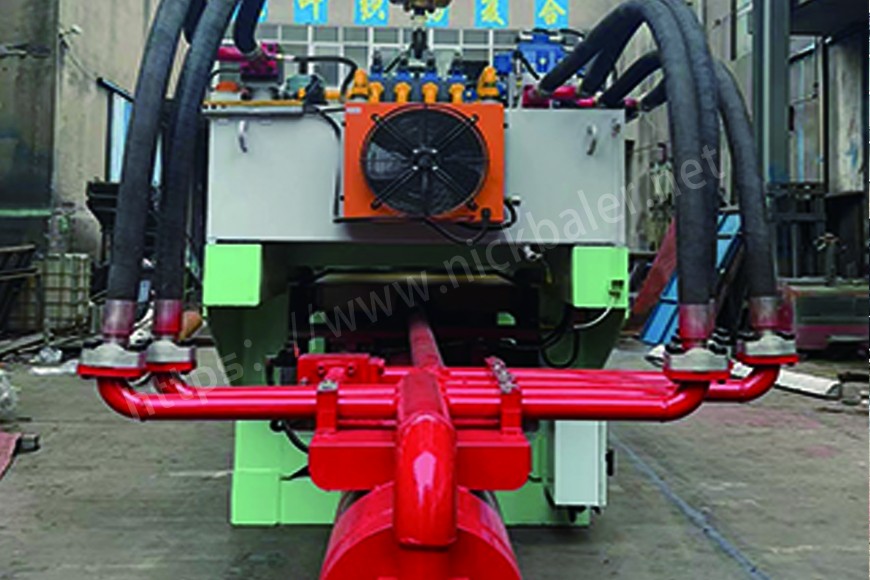What buffer devices are there in the briquetting machine
In briquetting machines, buffer devices are used to absorb and adjust pressure fluctuations, shocks or sudden force changes during the production process to protect mechanical components from damage and ensure smooth operation of the production line. Here are some common buffer devices:
Hydraulic buffers: Use the incompressible properties of liquids to absorb energy. They are usually mounted on the piston rod or other moving parts of the machine to control the speed of movement and reduce shock.
Pneumatic buffers: Use the compressibility of air as a buffer medium, often used in pneumatic systems, to provide smooth braking force at the end of the action.
Spring buffers: use the elastic deformation of springs to absorb impact energy, and are suitable for energy absorption of various moving masses.
Rubber buffers: Use rubber or rubber-like materials to slow down impacts through their own elasticity and deformation capabilities.
Dampers: Also called shock absorbers, they can absorb and disperse vibration energy and reduce the impact of mechanical vibration on the structure.
Shock pads: Typically made of polyurethane or other highly elastic materials, they are used to absorb and disperse shock and pressure from heavy equipment or machinery.
Energy-storage buffers: This type of buffer can store energy and release it when needed to control actions.

These buffer devices can be used individually or in combination, depending on the design and production needs of the briquetting machine. Proper selection and installation of buffers is critical to improving equipment reliability and productivity. When designing and building a briquetting machine, engineers select the appropriate type of cushioning device based on factors such as the machine's operating conditions, required cushioning capacity and space constraints.

*Leave a message to get a quotation